Even with all that's been published about WWI, it's still hard to appreciate the enormity of the damage and casualties which occurred during that conflict.
The Real “No-Go Zone” of France: A Forbidden No Man’s Land of Poison

W hen you imagine France and its scenic countryside, you might think of the picturesque villages, vineyards a plenty and endless rolling green hills to drive through on a blissful summer road trip. But there’s one corner of this scenic country that no one has been allowed to enter for nearly a century, known as the “Zone Rouge” (the red zone).
Pictured above is an artist’s impression of the forsaken territory, originally covering more than 1,200 square kilometres (460 sq miles) in the years following the Great War. Today, around 100km2 (roughly the size of Paris), is still strictly prohibited by law from public entry and agricultural use because of an impossible amount of human remains and unexploded chemical munitions yet to be recovered from the battlefields of both world wars.
Step inside the real “No Go-Zone”…
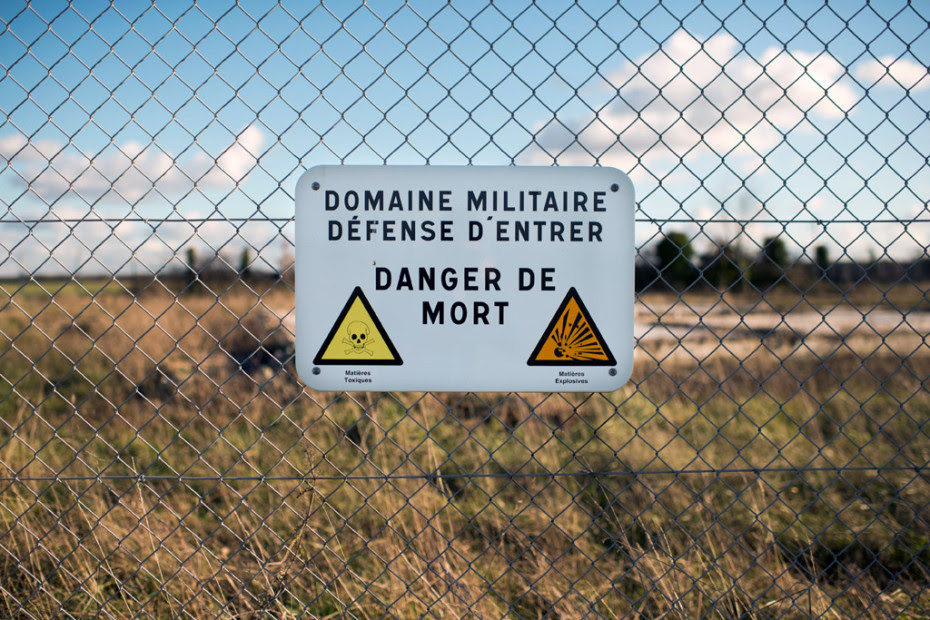
Photography (c) Olivier Saint Hilaire
After WWI, unable to keep up with the impossible task of removing endless undetonated weapons, human and animal remains, the French government decided on a forced relocation of residents which led to the creation of the Zone Rouge. Entire villages wiped off the map were considered “casualties of war”.

“Douaumont, Destroyed Village”
Once manicured farmland was abandoned, and without human presence, soon became unrecognisable thick forestland.

“Here, stood the church.”

For decades however, much of this deceivingly lush forestland was still regularly used by forest keepers and hunters until 2004, when German researchers found extremely dangerous levels of up to 17% arsenic in the soil, tens of thousand times higher than levels typically found previously within the red zones.
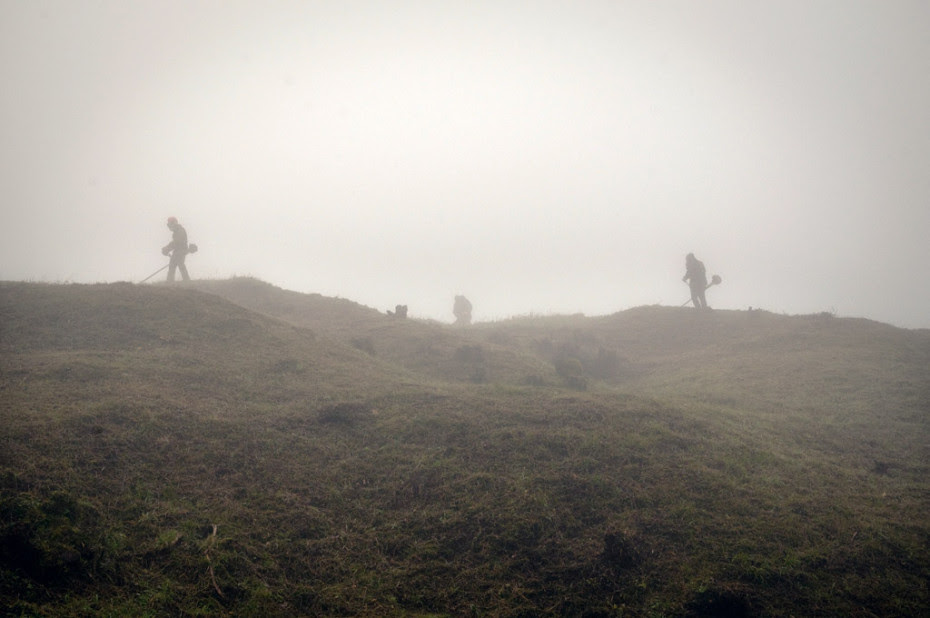
The water in the area was found to contain toxic levels of arsenic that were 300 times above the tolerated amount and abnormally high lead levels were recorded in some animals, particularly in the livers of hunted wild boars.

The nearby residents, forest keepers and hunters of the area, like the ones who built the abandoned hut (pictured above) to have lunch and store their prey in, were never subject to any medical study. Authorities finally prohibited public access to the site in 2012, known locally now as “Place-à-Gaz”.

The French government actually formed a special agency dedicated entirely to the ongoing munitions clearing, called the Department du Deminage. Over time they’ve managed to reduce the size of the red zone and return less affected zones to civilian and agricultural use. Unfortunately, in several cases, this was done much too prematurely…
The map below indicates the red zone and the less dangerous zones in yellow, green and blue.

Until the mid 1970s, much of the “clean-up” was only done superficially, destroying hundreds of thousands of unexplored WWI chemical bombs without considering the leaks and contamination to the soil and water.

Alarming amounts of lead debris scattered by shrapnel were also left in place, contaminating the soil with non biodegradable lead, mercury and zinc likely to remain for at least 10,000 years to come.

Photography (c) Olivier Saint Hilaire
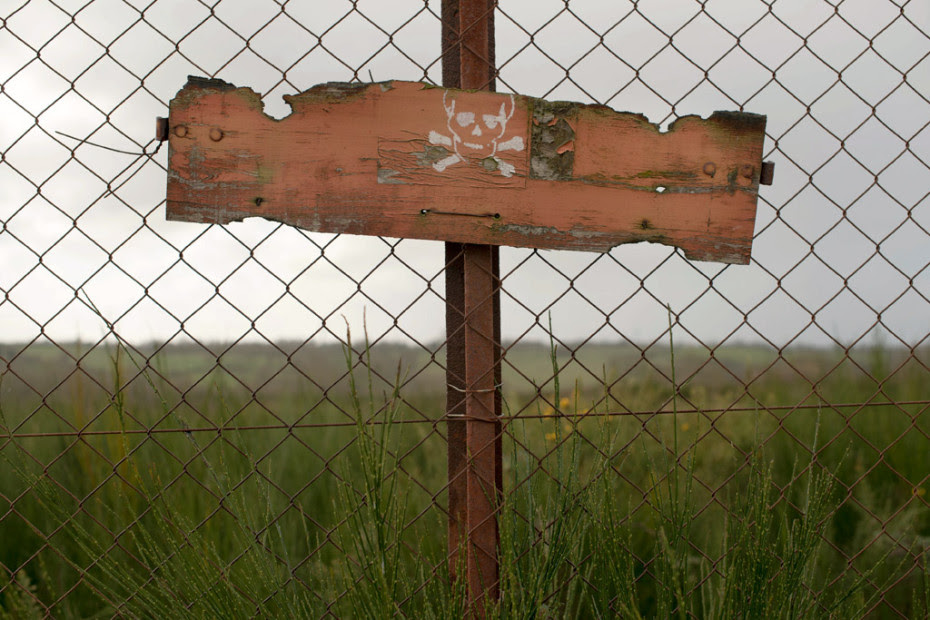
After WWI, in a rush to convert areas for the growth of crops or livestock, the first industrial pig farm was established as early as 1929 near the site of the Battle of Verdun, the longest sustained conflict of World War I, lasting 300 days and costing more than 300,000 French and German lives. The 25 hectare pig farm was riddled with shell holes after the chemical treatment of the soil.
The French word “Verdunisation”, referring to the treatment of drinking water using chlorination which originated in Paris in 1911, actually takes its name from this region.

Farmers in less dangerous re-populated “yellow” and “blue zones”, still hit shells every year, exploding their tractors and narrowly escaping death by the remains of a hundred year old war. In Verdun, there are road signs to indicate a dumping grounds for farmers to leave the shells they’ve plowed up on their land to be collected by authorities.
They call it the “iron harvest”, in which nearly 900 tons of unexploded munitions are recovered each year by Belgian and French farmers after ploughing their fields.

Crops from these areas should be continuously monitored by the French and European government but there is some doubt as to whether this is actually being done enough or even at all.

Photography (c) Olivier Saint Hilaire

The aftermath of a French battlefield…

More than a century later, there are still large quarantined parts of the red zone where 99% of plant and animal species perish.

Clearing the red zone is an extremely dangerous job, and fatal casualties from gas shells are not uncommon amongst munitions removers .

Authorities estimate that if they continue working at the current rate, it could take anywhere from 300 to 700 years to complete.
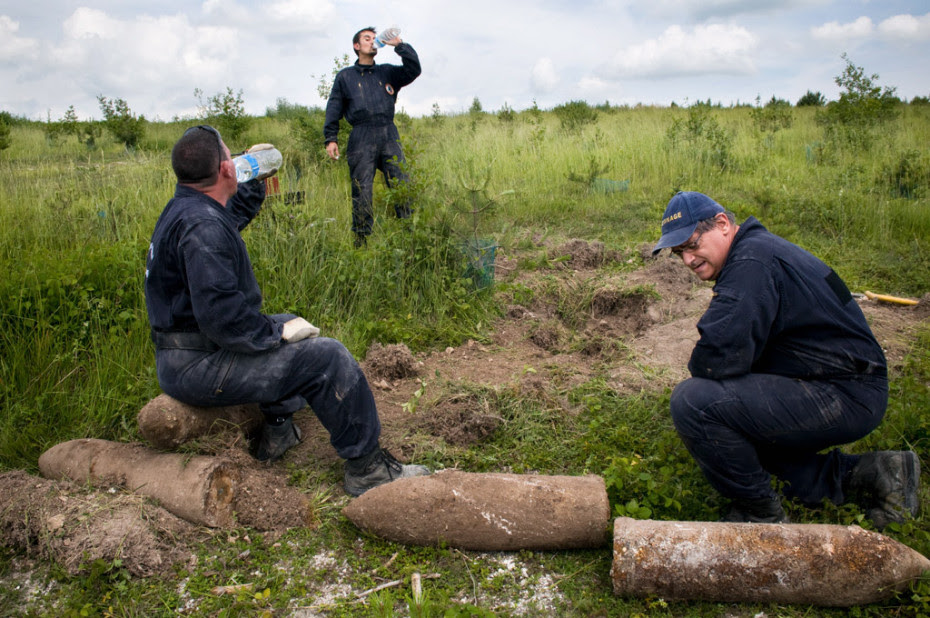
Other experts believe the Zone Rouge will never be fully cleared of its unexploded munitions.

Photography (c) Olivier Saint Hilaire
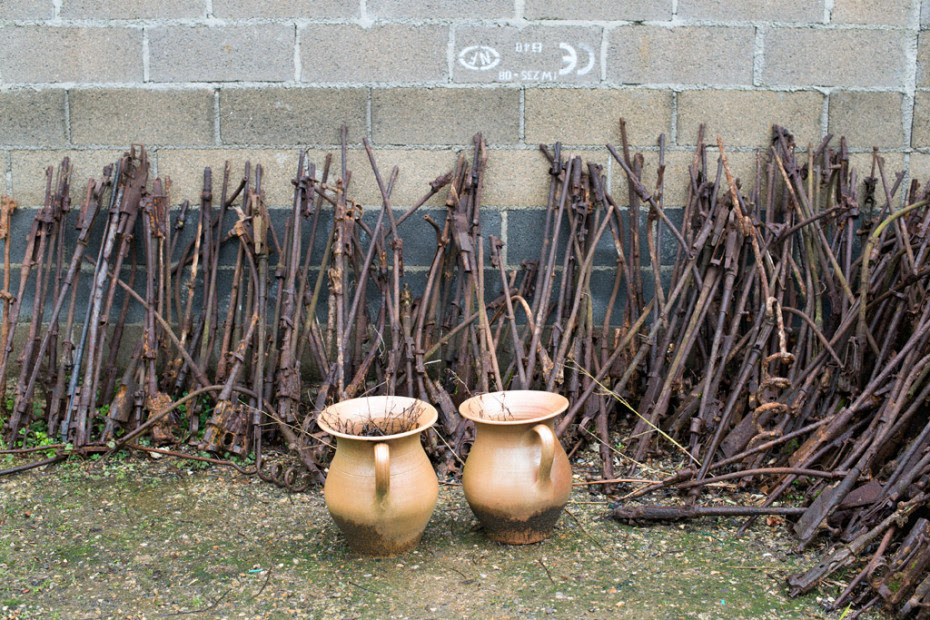
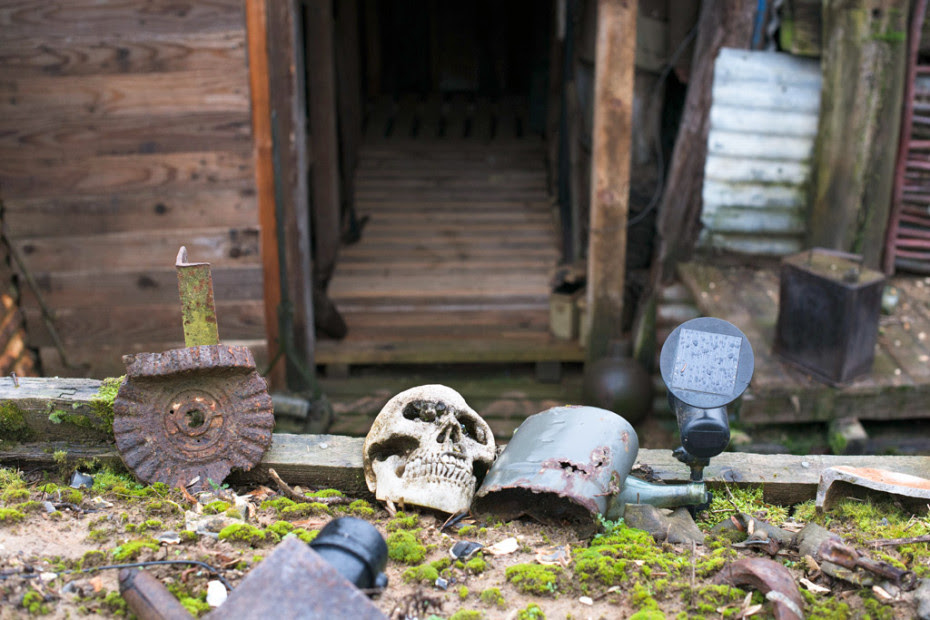
Meanwhile, teetering on the edges of the Zone Rouge on northeastern France, surrounding villages and towns are making the best of a bad situation. To compensate for all the quarantined land they can’t and probably never will be able to farm or ever set foot on, locals take advantage of the region’s military history.

In Pozières, one of the villages that was completely destroyed in World War I and subsequently rebuilt, there is a café and restaurant called “Le Tommy”, dedicated to the sacrifice of the allied forces, which has reconstructed a WWI trench in its back garden for tourists (pictured above).
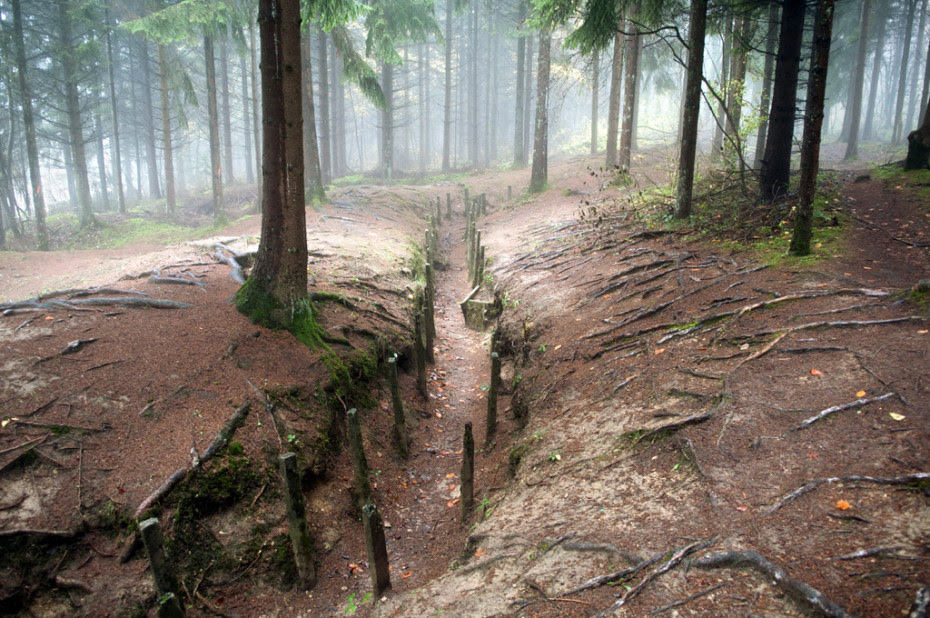
Photography (c) Olivier Saint Hilaire

North of Verdun, in the ghost villages that “died for France” and were never rebuilt, discovery trails and memorial sites have been opened to the public around the red zones .

Locals also keep themselves busy with their own impressive private museums of war remains they’ve collected over the years in the area, lending pieces to local tourist museums.


A 20 hectare contaminated site abandoned by the French Society of Munitions Recovery, which went bankrupt in 2006. No one knows the effect this pollution is causing and no one known when or how it will be cleaned up. (Photography (c) Olivier Saint Hilaire)
The Red Zone is still very much off limits, an area of untold dangers to its surroundings. In 2012, it was announced that the consumption of drinking water was banned in 544 municipalities in the area due to exessive levels of percholate, used in the manufacturing of rockets and ammunition. Each of those municipalities affected by the ban correspond exactly to the locations of old front lines of major WWI and II battlefields.


The explosive remains of war…

No comments:
Post a Comment